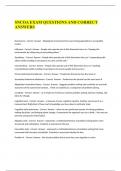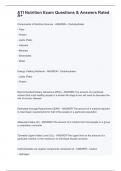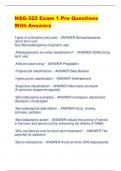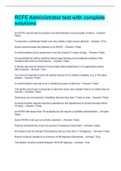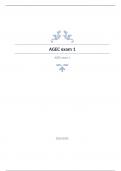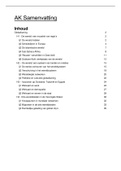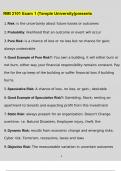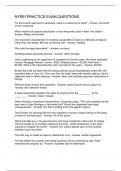Essay
Strategy comparison: Toyota vs. Volkswagen
- Module
- Strategic Management
- Institution
- Anglia Ruskin University (ARU)
The study aims to assess the strategic decisions, choices and strategies of two competitors in the car manufacturing industry – Toyota and Volkswagen. The severe rivalry and industry dynamics, combined with excessive need for innovation and competitive advantage at all stages of operation, requir...
[Show more]





